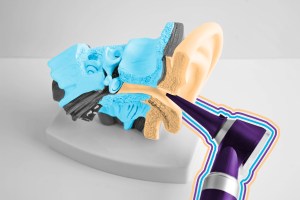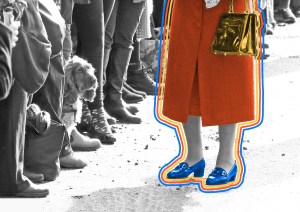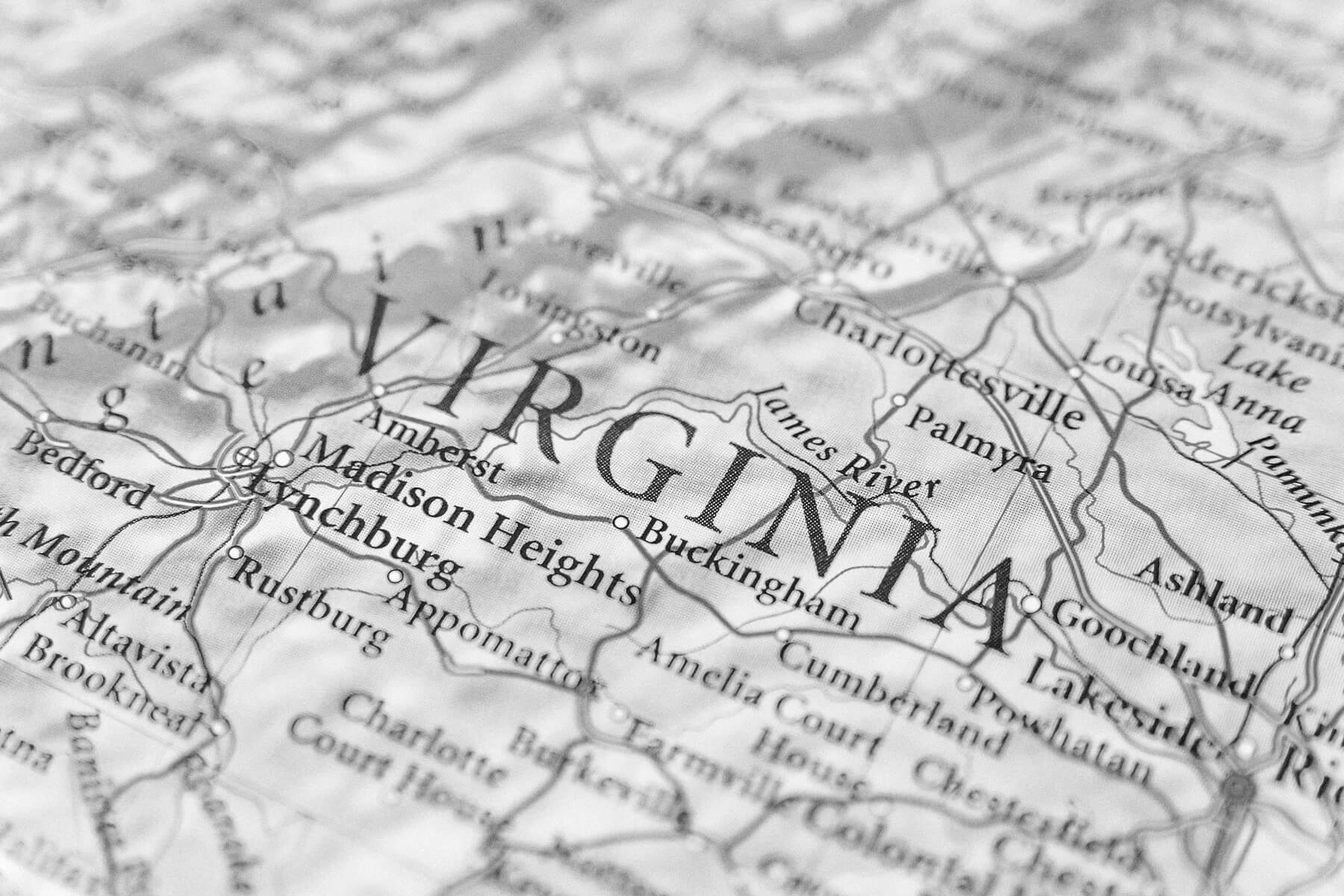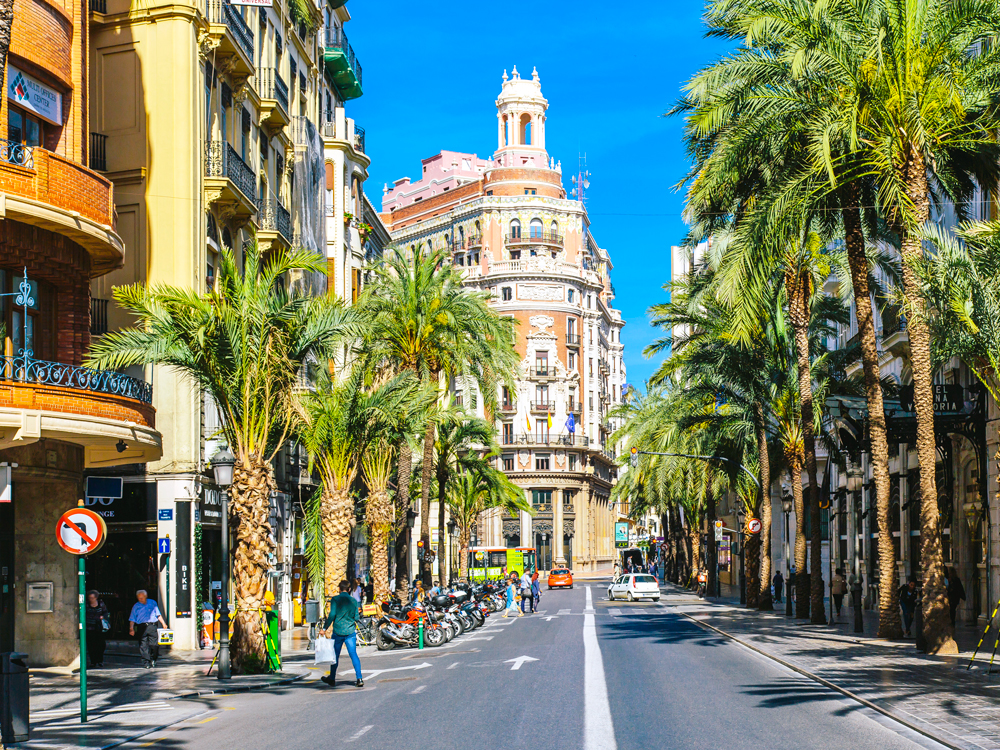
Numbers Don't Lie

In 1989, Pepsi paid ______ $5 million to appear in a commercial that was quickly taken off the air.

Ready to reveal?
Confirm your email to play the next question?

In 1989, Pepsi paid Madonna $5 million to appear in a commercial that was quickly taken off the air.

Dr. Pepper used to be served warm.
Dr. Pepper used to be advertised as a hot holiday drink, a response to declining sales in the winter months. The original ad from the 1960s even came with helpful instructions: Simply warm the beverage in a saucepan until it steams, then pour it over a lemon slice. The result was a “distinctively different hot Dr. Pepper” and “the holiday favorite of the proud crowd,” per the festive commercial. Heating the drink to 180 degrees Fahrenheit eliminated the carbonation, leaving behind a sweet, flat flavor that was especially popular in the South.

















